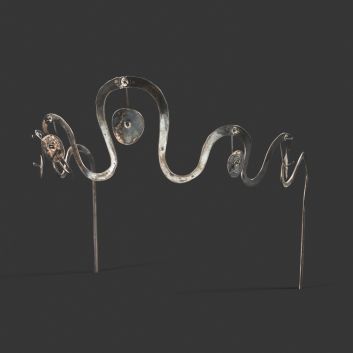Rating and value of Alexander Calder's mobiles, luminaires and installations
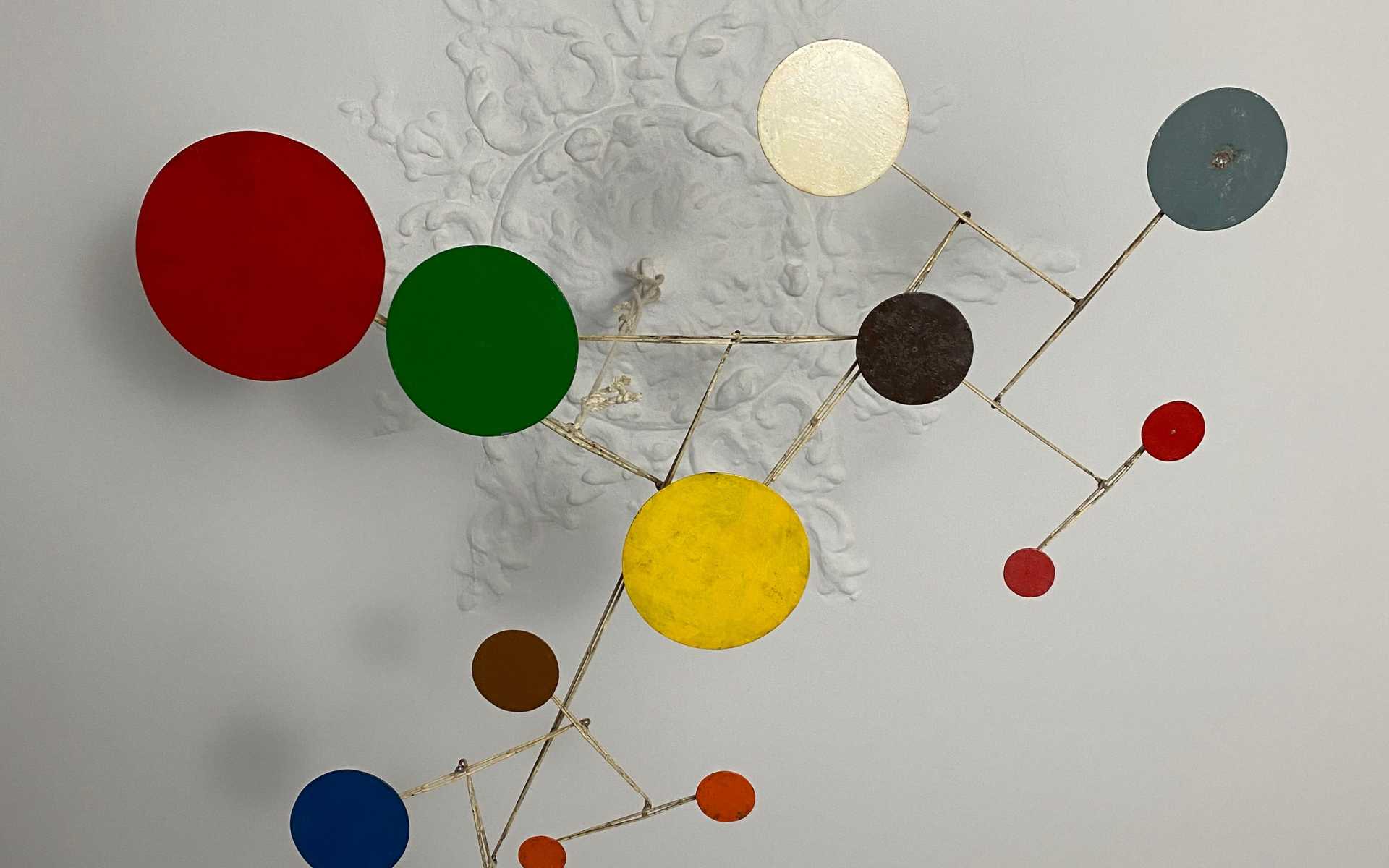
Alexander Calder (1898-1976) is an American artist who is highly regarded on today's auction market. His extraordinary career testifies to his genius and the scope of his production.
The artist's current market value bears witness to the passion his works arouse among collectors, defying time and trends.
If you own a work by or based on the artist Alexander Calder and would like to know its value, our state-approved experts and auctioneers can help you.
Our specialists will carry out a free appraisal of your work, and provide you with a precise estimate of its value on today's market. Then, if you wish to sell your work, we will guide you towards the best possible means of obtaining the best possible price.
Artist's rating and value
The success and renown of his works have established Alexander Calder as a major player on the art market since his lifetime. In recent years, the artist's market value has continued to rise.
Highly represented on the French and American markets, Calder's most sought-after works are paintings, mobiles and volume sculptures (including jewelry). A work by Calder can fetch millions of euros, as demonstrated by his 1957 mobile Poisson volant, which sold for €16,714,100 at Christie's in 2014.
Order of value from the most basic to the most prestigious
Type of work | Results |
|---|---|
Furniture | From €750 to €28,000 |
Luminaire | From €1,530 to €178,390 |
Mobile | 650 to €16,714,100 |
More about Alexander Calder
In just a few minutes, discover the origin and interest of Alexander Calder's sculptures, mobiles and works. Aerial work influenced by artists
Response in less than 24h
The artist's creations and style
Throughout his career, Calder's artistic output was prolific and varied. His works stand out for their innovative use of all types of metal, including brass and bronze.
He meticulously researches the structure of his sculptures and paintings in order to achieve balance. His ingenuity is also evident in his pictorial compositions, where every detail is calculated.
His work and his style are quite distinct in the history of the 20th century, although they are part of the kinetic art movement, which consists in producing works in motion or giving the impression of motion.
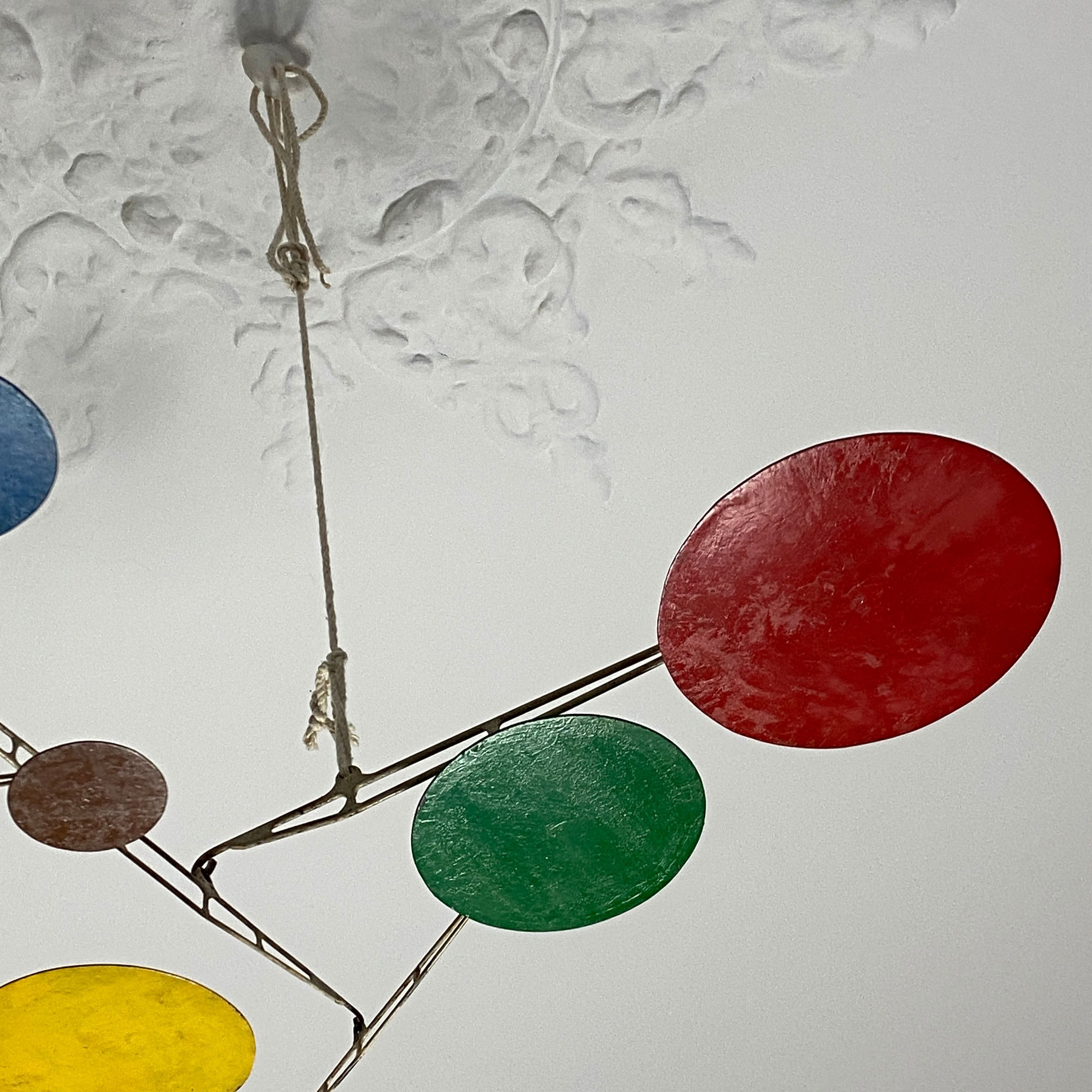
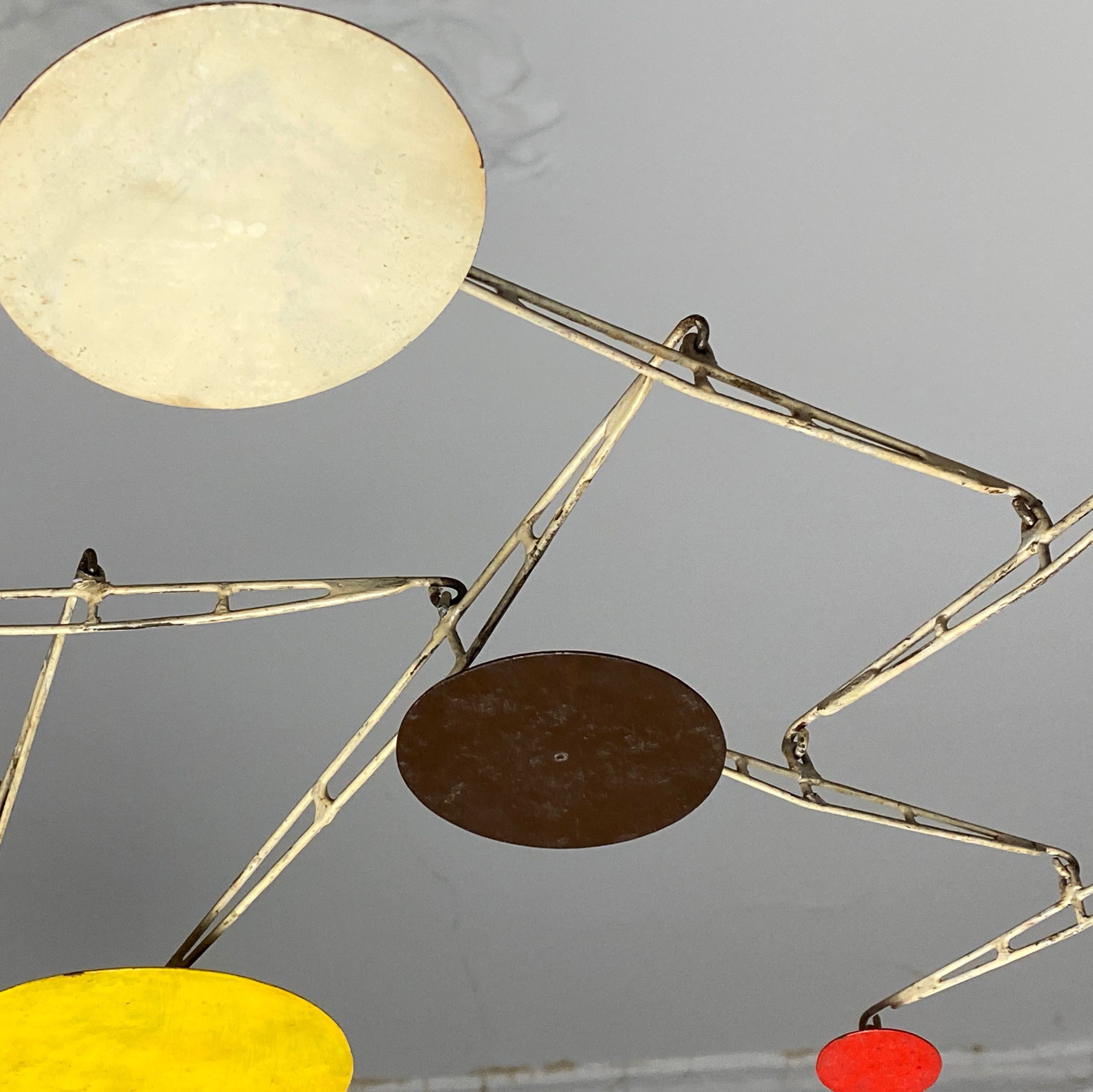
Alexander Calder, his life and work
Alexander "Sandy" Calder was an American artist born in Pennsylvania in 1898 into a family of already talented and famous artists. His mother, Nadette Lederer Calder, excelled in painting, while his father, Alexander Stirling Calder, excelled in sculpture. From an early age, he was educated in the art world and developed a certain singularity and stylistic identity as an artist.
He graduated in mechanical engineering from the Stevens Institute of Technology. In 1923, he joined the Art Students Legaue of New-York to continue his artistic training. Since he was a child, he had been creating works with his father's materials, and never stopped producing. Arriving in Paris in 1926, he presented a collection of toys he had made at the Salon des humoristes the following year.
From 1929, his passion for the circus led him to create a large number of sculptures for Calder's Circus. Here, he creates and sculpts miniature automata that he inlays. This was a real performance, which he presented all over Europe for around two hours. In Paris, he meets artists such as Joan Miro, Jean Cocteau, Robert Desnos and Le Corbusier.
It's possible to see a strong artistic affinity with Miro in some of his creations, particularly in the way he uses shapes and colors. He also uses the same color palette as Mondrian in the latter parameter.
In 1932, he began production of his Mobiles, which Marcel Duchamp called by the same name. During the Second World War, he fled to the United States with other artists like Chagall to continue producing in peace. He won several awards, including the Grand Prix at the Venice Biennale.
Alexander Calder's legacy and the importance of his mobiles
Alexander Calder is an artist who has inevitably left his mark on the twentieth century, with his absolutely gigantic output and ever-greater, unexpected innovation. Today, his value on the auction market continues to grow, making him a particularly sought-after artist.
His mobiles are among his most emblematic works, with no equivalent in the history of art in general, nor in his artistic period, nor in the American context of his production.
It's all down to his talent, engineering and mathematical skills. The structure is ordered and calculated to the millimetre.
His signature
Not all Alexander Calder's works are signed.
Although there are variations, here is a first example of its signature:
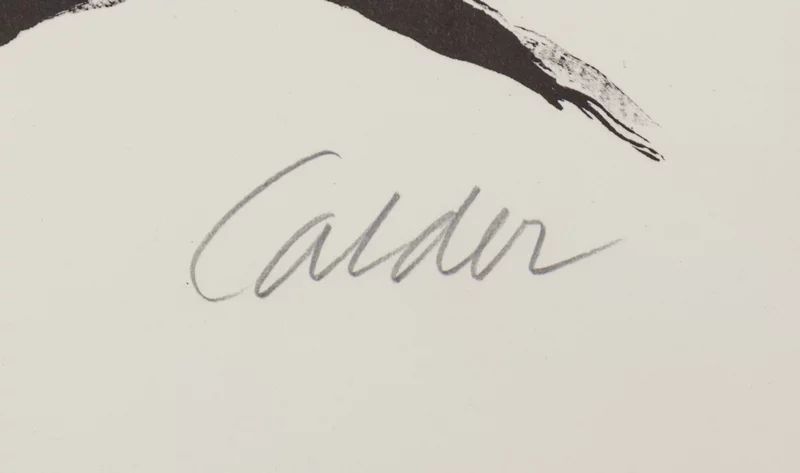
Appraising your property
If you own a work by Alexander Calder, don't hesitate to request a free appraisal by filling in our online form. A member of our team of experts and certified auctioneers will contact you to provide an estimate of the market value of your Dunand work.
If you're thinking of selling your work, our specialists will also guide you through the various alternatives available to obtain the best possible price, taking into account market trends and the specific features of each item.
Response in less than 24h
Related topics
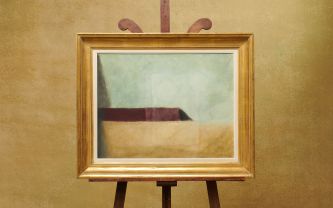
Rating and value of paintings by Joseph Si...
Joseph Sima is a 20th-century Czech artist whose paintings and drawings are highly prized and sought-after at auction. Estimated in 24h.
Read more >
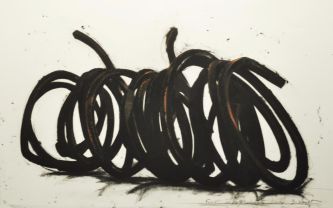
Rating and value 2024 of paintings, drawings, sculptures by Ber...
Bernar Venet is a French Conceptual Art artist who has produced works that are highly rated and valued at auction.
Read more >

Cote et valeur des tableaux, dessins, peintures de Marie Hie...
Mary Hiester Reid est une artiste canadienne qui a surtout produit des natures mortes. La cote et la valeur de ses oeuvres sont élevées aux enchères.
Read more >
Secure site, anonymity preserved
State-approved auctioneer and expert
Free, certified estimates


